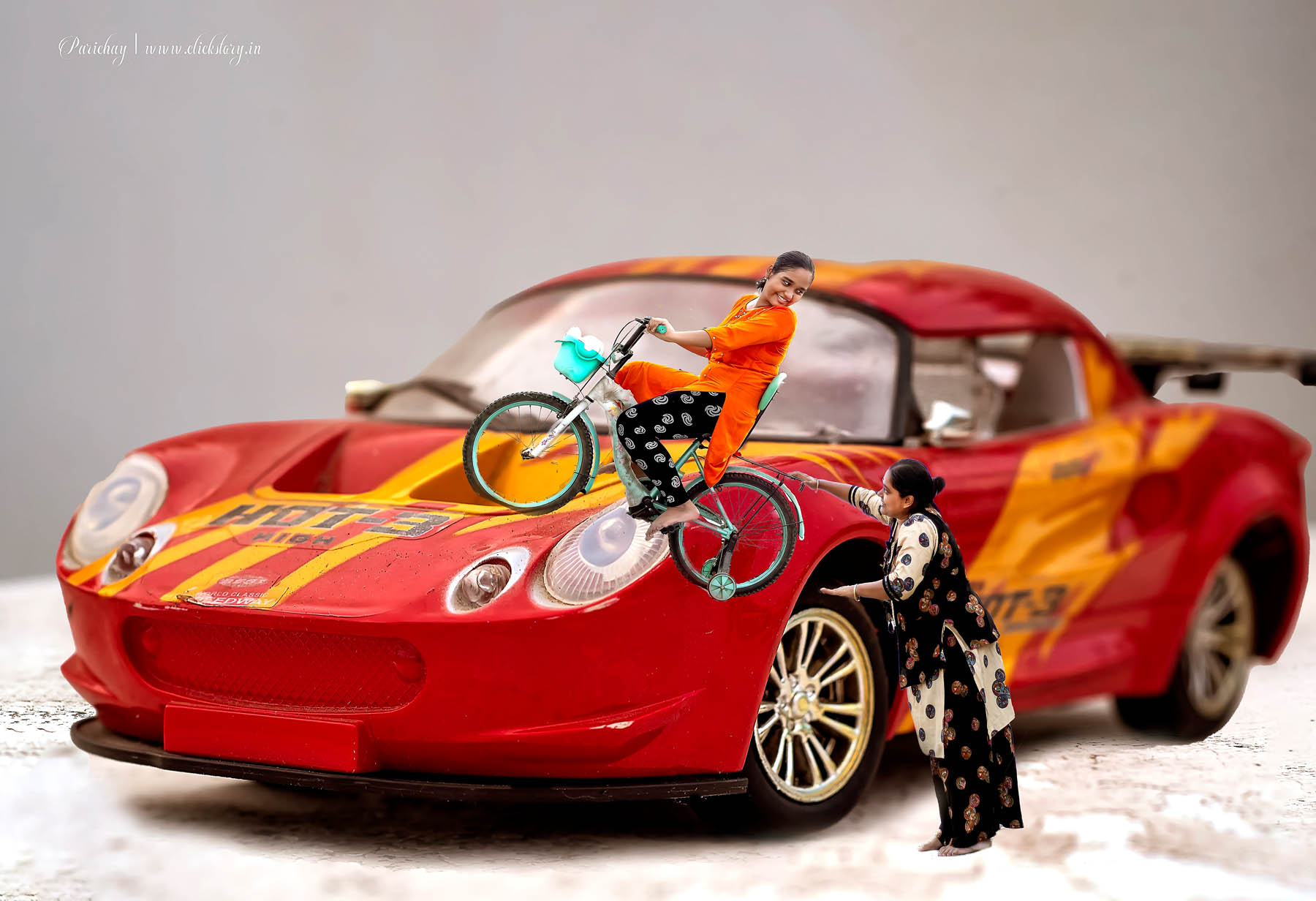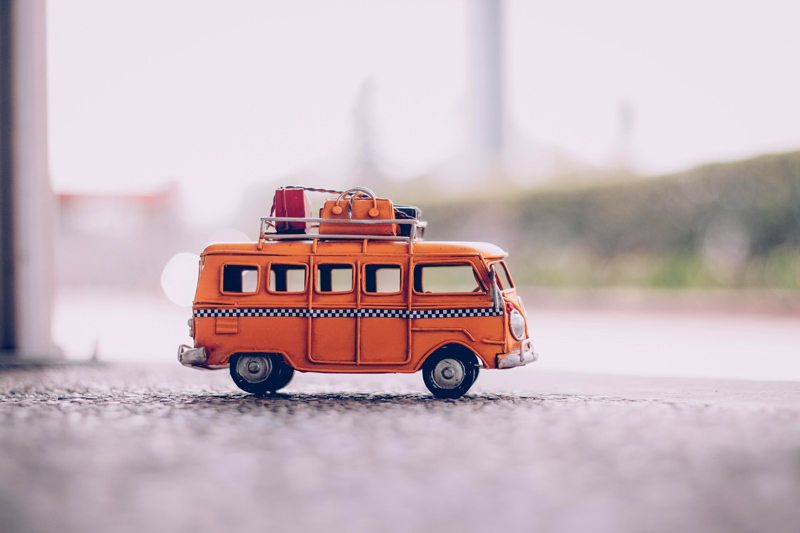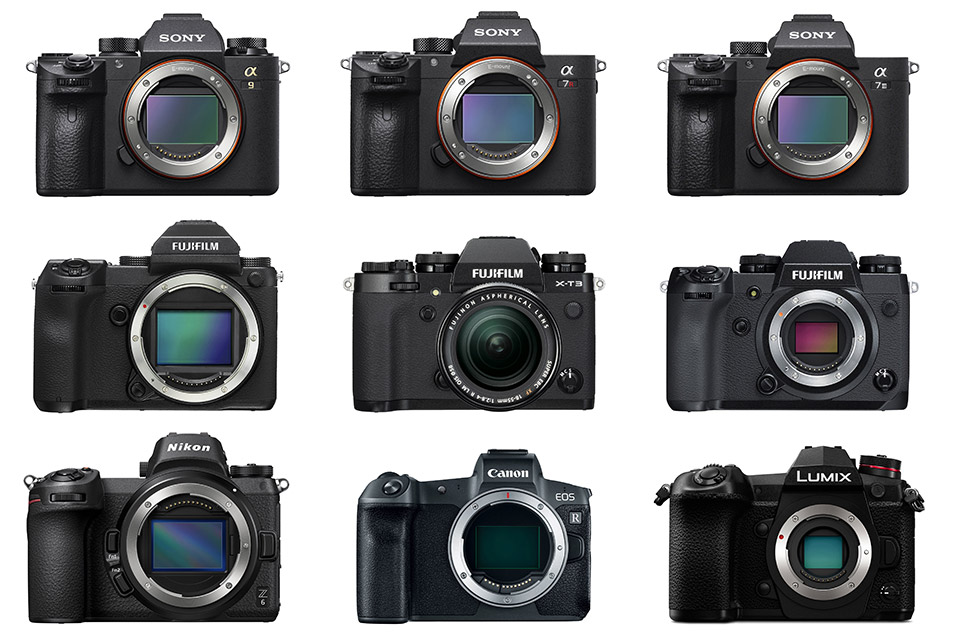Miniature photography is a fascinating genre that allows photographers to create captivating and dreamlike scenes within a small-scale setting. Whether you’re a beginner or an experienced photographer, capturing the intricacies of miniature subjects can be a rewarding and creative endeavor. In this article, we will guide you through the step-by-step process of miniature photography and provide solutions to common challenges faced during miniature assignments.
Step 1: Select a Theme or Concept

Begin by deciding on the theme or concept for your miniature scene. Consider what story or atmosphere you want to convey. It could be a natural landscape, an urban cityscape, a fantasy realm, or any other creative idea that sparks your imagination.
Step 2: Gather Props and Miniatures

Collect props and miniatures that align with your chosen theme. These could include tiny figurines, architectural models, vehicles, plants, or any other objects that enhance the desired narrative. Pay attention to the scale and details of the props, ensuring they complement the overall scene.
Step 3: Choose the Right Background
Select a suitable background or setting for your miniature scene. This could involve creating a small diorama, utilizing backdrops, or finding real-world locations that match your vision. Consider the textures, colors, and lighting conditions that will enhance the visual impact of your scene.
Step 4: Set Up the Scene
Arrange your props and miniatures within the chosen setting, paying attention to composition and storytelling. Experiment with different placements and angles to achieve the desired effect. Consider the rule of thirds, leading lines, and other compositional techniques to create a visually engaging scene.
Step 5: Lighting Considerations
Lighting is critical in miniature photography. Choose a lighting setup that complements the mood and theme of your scene. Natural light, diffused light, or artificial lighting sources like lamps or small LED lights can be used. Experiment with different angles and intensities to create the desired ambiance and highlight the details.
Step 6: Camera and Lens Selection

Use a DSLR or mirrorless camera equipped with a macro lens to capture the intricate details of your miniature scene. Macro lenses allow for close focusing distances and provide better control over depth of field. Ensure your camera is mounted on a tripod for stability and to maintain consistent framing.
Step 7: Adjust Camera Settings
Configure your camera settings for optimal results. Shoot in manual mode to have full control over exposure settings. Use a wide aperture (small f-number) to create a shallow depth of field and draw attention to specific areas within the scene. Adjust ISO and shutter speed to achieve the desired exposure.
Step 8: Focus and Depth of Field
Carefully select the focal point within your miniature scene. Utilize manual focus or focus stacking techniques to ensure critical areas are sharp and in focus. Experiment with depth of field to create a balance between the sharp details and the blurred background, emphasizing the miniature scale.
Step 9: Capture the Scene
Take multiple shots from various angles and perspectives to capture different compositions and details. Experiment with different camera positions and focal lengths to find the most visually pleasing perspective. Don’t be afraid to try unconventional angles to add interest and uniqueness to your images.
Step 10: Post-processing and Refinement
Transfer your images to a computer and review them for any necessary adjustments or enhancements. Use photo editing software like Adobe Photoshop or Lightroom to fine-tune the exposure, colors, and sharpness of your images. Remove any distractions or imperfections that may have been captured during the shooting process.
50 examples of miniature photography scenes
Miniature cityscape: Use toy buildings, cars, and figurines to create a bustling urban scene. Experiment with lighting to capture the vibrant atmosphere of a city at night.
Fairy garden: Arrange miniature plants, mushrooms, and tiny fairies to create a whimsical and enchanting scene. Play with shallow depth of field to create a dreamlike atmosphere.
Underwater world: Create an underwater scene using a fish tank or clear container filled with water. Add small aquatic toys or miniatures to depict a colorful marine environment.
Farmyard scene: Arrange miniature farm animals, fences, and vegetation to recreate a charming countryside setting. Experiment with different angles to capture the peacefulness of rural life.
Miniature cafe: Set up a tiny cafe scene with tables, chairs, and miniature food and beverages. Utilize soft lighting and shallow depth of field to create an intimate ambiance.
Space exploration: Use black fabric or paper as the backdrop and position miniature rockets, astronauts, and planets to simulate a space adventure. Experiment with long exposures to create a sense of motion.
Winter wonderland: Use cotton balls or fake snow to create a snowy landscape. Add miniature figures, sleds, and trees to depict a winter scene. Experiment with lighting to capture the crispness of the snow.
Beach getaway: Create a relaxing beach scene with miniature umbrellas, chairs, and sandcastles. Utilize natural light to capture the warmth and serenity of a sunny beach day.
Steampunk world: Combine miniature gears, cogs, and industrial elements to create a unique steampunk-inspired scene. Experiment with vintage filters or post-processing techniques to enhance the antique aesthetic.
Movie set recreation: Recreate a famous movie scene using miniatures and props. Pay attention to details and lighting to capture the essence of the original scene.
Miniature library: Arrange tiny books, shelves, and reading nooks to create a cozy library scene. Experiment with warm lighting to evoke a sense of comfort and relaxation.
Post-apocalyptic city: Use weathering techniques and damaged miniatures to depict a dystopian cityscape. Experiment with moody lighting and desaturated colors to enhance the apocalyptic atmosphere.
Forest fantasy: Arrange miniature trees, animals, and mythical creatures to create a magical forest scene. Utilize soft backlighting to create an ethereal and enchanting ambiance.
Desert oasis: Create a desert oasis scene using sand, rocks, and miniature palm trees. Experiment with warm tones and natural lighting to capture the essence of a desert oasis.
Toy car rally: Arrange miniature toy cars in a dynamic race scene. Experiment with motion blur to capture the sense of speed and excitement.
Art studio: Create a miniature artist’s studio with tiny paintbrushes, canvases, and easels. Play with lighting to emulate the ambiance of a creative workspace.
Halloween spookiness: Arrange miniatures of pumpkins, witches, and ghosts to create a spooky Halloween scene. Experiment with eerie lighting and dramatic shadows to enhance the atmosphere.
Construction site: Use miniature construction vehicles, scaffolding, and cones to depict a busy construction site. Experiment with angles to capture the sense of movement and activity.
Music band performance: Set up a miniature stage with tiny musical instruments and figurines. Experiment with lighting to create a dynamic concert atmosphere.
Antique shop: Arrange miniature vintage items and curiosities to recreate the ambiance of an antique shop. Experiment with warm tones and soft lighting to enhance the nostalgic feel.
Japanese garden: Create a serene Japanese garden scene using miniature pagodas, lanterns, and bonsai trees. Experiment with soft lighting and zen-like compositions to capture the tranquility.
Fantasy castle: Use miniature castle models, knights, and dragons to create a magical fairy tale scene. Experiment with dramatic lighting to enhance the fantasy atmosphere.
Bookstore scene: Arrange miniature bookshelves, books, and reading areas to recreate the cozy ambiance of a bookstore. Experiment with warm lighting to evoke a sense of comfort and curiosity.
Carnival or fairground: Create a miniature carnival scene with rides, stalls, and miniaturized visitors. Experiment with colorful lighting and long exposures to capture the vibrant atmosphere.
Road trip adventure: Arrange miniature cars, luggage, and road signs to depict a cross-country road trip scene. Experiment with wide-angle shots to emphasize the vastness of the landscape.
Vintage tea party: Set up a miniature tea party scene with tiny teacups, saucers, and pastries. Utilize soft, diffused lighting to create a gentle and elegant atmosphere.
Sports arena: Create a miniature sports arena with tiny bleachers, athletes, and equipment. Experiment with lighting to capture the energy and excitement of a live sporting event.
Tropical paradise: Arrange miniature palm trees, hammocks, and beach accessories to create a tropical getaway scene. Utilize vibrant colors and natural lighting to enhance the sense of relaxation.
Vintage photography studio: Set up a miniature photography studio with vintage cameras, lighting equipment, and backdrops. Experiment with sepia tones and vintage-inspired editing techniques.
Time travel: Combine miniature versions of different eras and create a time-travel-themed scene. Experiment with lighting and post-processing to create a sense of temporal displacement.
Train station: Create a miniature train station scene with tracks, platforms, and tiny trains. Experiment with depth of field to create a sense of distance and scale.
Science lab: Arrange miniature laboratory equipment, beakers, and test tubes to create a scientific or mad scientist-themed scene. Experiment with colorful lighting to enhance the scientific ambiance.
Carnival parade: Set up a miniature parade scene with floats, performers, and confetti. Experiment with dynamic compositions and lively lighting to capture the festive atmosphere.
Zen garden: Use miniature rocks, sand, and rakes to create a peaceful Zen garden scene. Experiment with minimalistic compositions and soft lighting to capture the tranquility.
Vintage record store: Arrange miniature record shelves, vinyl records, and vintage audio equipment to recreate the nostalgic ambiance of a record store. Experiment with warm tones and soft lighting.
Winter sports: Create a miniature scene of winter sports activities, such as skiing or ice skating. Experiment with action shots and freezing motion to capture the dynamic nature of the sports.
Miniature bakery: Set up a miniature bakery scene with tiny ovens, baking tools, and pastries. Experiment with warm lighting to create a cozy and inviting atmosphere.
Art gallery: Arrange miniature paintings, sculptures, and gallery spaces to create an art gallery scene. Experiment with lighting to highlight the artwork and create a sophisticated ambiance.
Toy factory: Create a miniature toy factory scene with conveyor belts, workers, and stacks of toys. Experiment with a combination of warm and cool lighting to create an industrial atmosphere.
Outer space exploration: Use miniature astronauts, rockets, and planets to create a scene of space exploration. Experiment with backlighting and glow-in-the-dark props for an otherworldly effect.
Fairy tale forest: Arrange miniature trees, animals, and magical creatures to create a whimsical fairy tale forest scene. Experiment with backlighting to create a sense of mystery and enchantment.
Vintage diner: Set up a miniature diner scene with retro booths, jukeboxes, and tiny milkshakes. Utilize warm lighting and nostalgic color grading to enhance the vintage feel.
Toy store: Create a miniature toy store scene with shelves, toys, and miniature shoppers. Experiment with bright and playful lighting to capture the joy and excitement of a toy store.
Circus performance: Arrange miniature circus tents, acrobats, and circus animals to create a lively circus scene. Experiment with colorful lighting and dynamic compositions to capture the energy of the performance.
Robot workshop: Set up a miniature robot workshop scene with gears, tools, and futuristic machinery. Experiment with metallic textures and cool-toned lighting to enhance the futuristic ambiance.
Autumn harvest: Arrange miniature pumpkins, fruits, and baskets to create a scene of autumn harvest. Experiment with warm tones and soft lighting to capture the cozy and rustic feel.
Secret garden: Create a miniature secret garden scene with hidden pathways, gates, and lush vegetation. Experiment with dappled lighting and shallow depth of field to enhance the sense of discovery.
Vintage amusement park: Set up a miniature amusement park scene with rides, ticket booths, and miniature visitors. Experiment with nostalgic color grading to capture the vintage charm.
Retro bowling alley: Arrange miniature bowling lanes, pins, and retro-style decor to create a scene reminiscent of a classic bowling alley. Experiment with neon lighting to enhance the retro atmosphere.
Music festival: Create a miniature music festival scene with stages, performers, and cheering crowds. Experiment with dynamic compositions and colorful lighting to capture the excitement and energy of a live music event.
Remember, practice and experimentation are key to mastering miniature photography. Continuously refine your skills, explore new techniques, and let your creativity guide you in creating captivating miniature worlds through your photographs.
